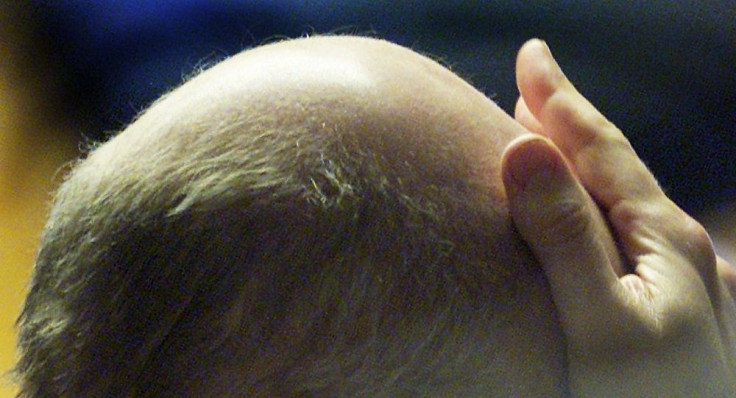Post-Finaseride Syndrome Foundation funds 3 clinical studies on permanent side effects of prostate cancer, alopecia drug

As the world observes Prostate Cancer Awareness Month this September, there would be a spike in the number of men over 40 who would have themselves tested for the ailment, the second leading cause of cancer deaths in the US.
One of the medications that urologists would prescribe for those found to have enlarged prostate glands is finasterida or finasteride, manufactured by pharmaceutical giant Merck, and sold under the brand name Propecia. Its development was the result of the discovery by a Cornell University scientist of two communities in the Dominican Republic and Papua New Guinea where children born female develop a penis when they reach puberty,
The phenomenon was attributed to the lack of functioning copies of the 5-alpha reductase enzyme. However, at 12, the second surge of testosterone leads the body to respond, which would develop muscles, testes and a penis.
But by acting as a 5-alpha-reductase inhibitor, finasteride has several side effects which could be permanent such as loss of libido, erectile dysfunction, suicidal ideation and penile shrinkage. According to the Post-Finasteride Syndrome Foundation, thousands of young men who took the medication are now suffering from post-finasteride syndrome (PFS) which was added in early 2015 by the National Institutes for Health to its Genetic and Rare Disease Information Center.
Besides the physical symptoms, the men also suffer from economic hardship as some lost their jobs and emotional stress caused by broken marriages and relationships.
Because of a number of studies that say finasteride has many side effects, the foundation funded three ongoing studies to gain a better understanding of how the drug – used also to treat male pattern baldness – causes permanent side effects. One study is being held at the Boston-based Brigham and Woman’s Hospital which is a Harvard Medical School Teaching affiliate, a second one is at the Houston-based Baylor College of Medicine and the third one at the Italy-based University of Milano.
Findings of previous studies are:
- None of the 34 clinical trials reported on sexual side effects (Journal of the American Medical Journal)
- Increases severity of erectile dysfunction and decreases testosterone levels for men with benign prostatic hyperplasia (Hormone Molecular Biology and Clinical Investigation)
- Links finesterida use with suicidal thoughts (Pharmacotherapy: The Journal of Human Pharmacology and Drug Therapy)
- About 25 percent of men who take finasteride or dutasteride do not benefit from the drug (Endocrine Reviews and Metabolic Disorders)
According to Merck’s manual, finasteride is one of the treatments for androgenetic alopecia by inhibiting the 5-alpha-reductase enzyme, and blocking the conversion of testosterone to dihydrotestosterone. The effect is felt within 6 to 8 months of treatment, although it lists several adverse effects similar to those on the foundation’s list. Treatment is continued f there are positive results, but once stopped, hair loss returns to previous levels.
Contact the writer at feedback@ibtimes.com.au or tell us what you think below




















